While the aesthetic appeal of a planter undeniably enhances the visual charm of our botanical companions, its functionality is equally important. When choosing a planter, especially for the well-being of your plants, understanding its capacity, often measured in gallons, is crucial. This knowledge empowers you to select a container that provides the optimal environment for root growth, drainage, and overall plant health. This article delves into the complexities of planter volume, specifically focusing on deciphering the capacity of a 16-inch planter and guiding you in selecting the perfect vessel for your flourishing flora.
1. Beyond the Inches: Unveiling the Inconsistencies of Planter Sizing
Unlike the reassuringly standardized world of garment sizes, the realm of planter sizing can be a labyrinth of inconsistencies. The seemingly straightforward designation of a planter’s size in inches can be misleading, as this measurement often refers to the diameter of the planter’s opening, not necessarily its capacity. This inconsistency stems from the fact that planters come in a diverse array of shapes, from classic round pots to modern rectangular troughs. A 16-inch diameter round planter will hold a considerably different volume of soil compared to a 16-inch long rectangular planter.
Adding another layer of complexity is the use of varying sizing conventions across different planter materials. Plastic planters, for instance, might be sized strictly by diameter, while ceramic planters may incorporate the planter’s height into the sizing scheme. This lack of standardization necessitates a more nuanced approach to selecting the perfect planter.
1.1 The Significance of Planter Shape
The shape of a planter significantly impacts its volume and, consequently, its suitability for different plant types. Here’s a closer look at how shape influences planter capacity:
-
Round Planters: The quintessential planter shape, round planters offer a balanced distribution of soil throughout the container. This makes them a versatile choice for a wide range of plants, from those with shallow root systems to those with a more taprooted growth habit. However, for plants that require excellent drainage, such as cacti and succulents, round planters with a single drainage hole might not be ideal.
-
Square and Rectangular Planters: These planters offer a contemporary aesthetic and can be particularly space-saving on patios or balconies. However, due to their sharper corners, the soil tends to compact more readily in these containers. This can be detrimental to plants that require loose, aerated soil for optimal root growth. Square and rectangular planters are better suited for plants with shallow root systems that thrive in slightly moister conditions.
-
Tall and Narrow Planters: Ideal for space-constrained environments, tall and narrow planters are perfect for showcasing trailing plants or those with cascading foliage. However, the limited soil volume in these planters restricts root growth. They are best suited for plants that naturally have a compact root system, such as certain herbs or some indoor foliage plants.
2. Demystifying Gallon Measurements in Planters
The use of gallons as a unit of measurement for planter capacity provides a more standardized and reliable way to gauge a planter’s volume. This system originated from the need for gardeners to have a clear understanding of the amount of potting mix required to fill a container. Knowing the volume of a planter in gallons allows gardeners to purchase the appropriate amount of potting mix, avoiding waste and ensuring proper root coverage for their plants.
2.1 Understanding the Relationship Between Pot Size and Plant Needs
The size of a planter you choose has a significant impact on the well-being of your plant. Selecting a pot that is too small can restrict root growth, leading to stunted development, wilting, and even plant death. Conversely, an excessively large planter can create problems with drainage and moisture retention. Here’s a breakdown of the relationship between pot size and plant needs:
-
Root System Size: The size and type of root system a plant possesses should be the primary factor guiding your planter selection. Plants with shallow root systems, such as many succulents and certain flowering varieties, thrive in shallower planters. Conversely, deep-rooted plants, like trees or large shrubs, require more substantial containers to accommodate their extensive root networks.
-
Growth Rate and Potential: Consider the mature size of the plant you intend to house in the planter. While a small pot might suffice for a seedling, it will quickly become inadequate as the plant matures. Selecting a planter that accommodates the plant’s potential growth trajectory ensures long-term success.
-
Drainage Needs: Different plants have varying drainage requirements. Plants that abhor soggy soil, such as cacti and succulents, require planters with excellent drainage, often achieved through multiple drainage holes or the use of a well-draining potting mix.






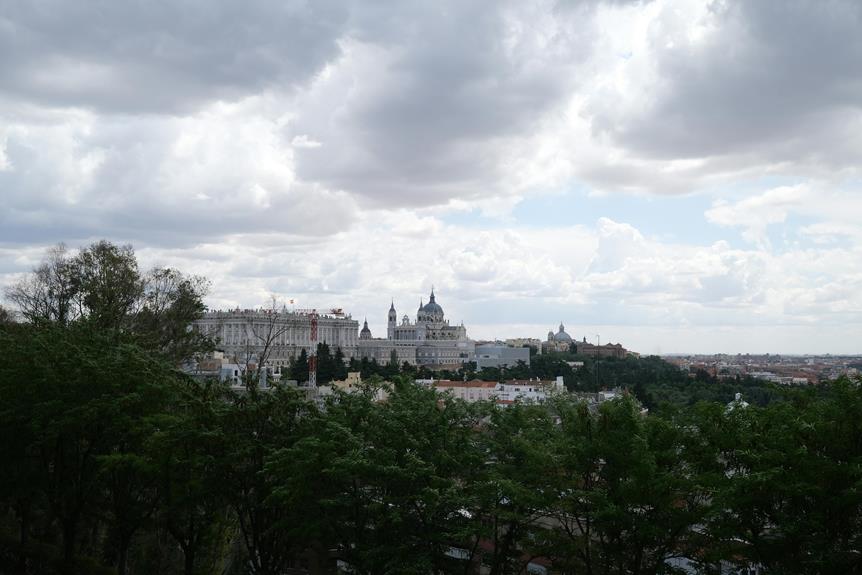


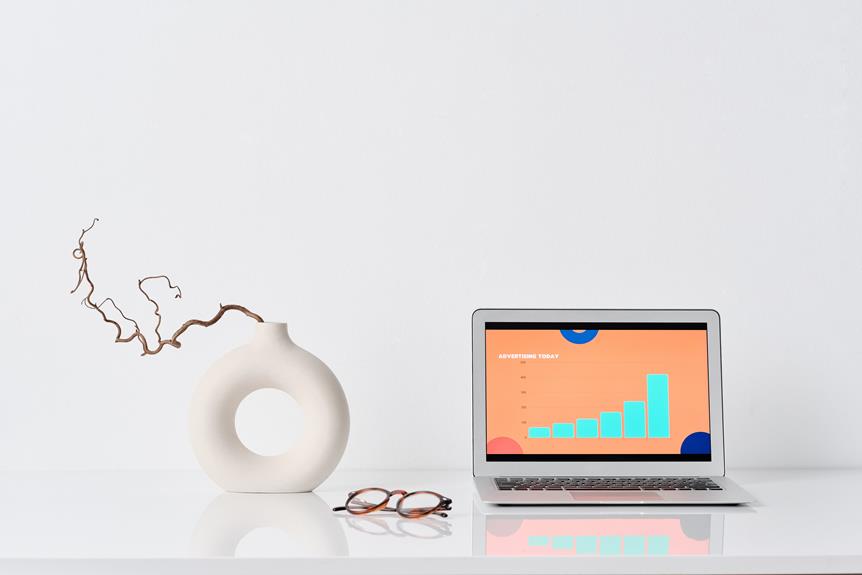







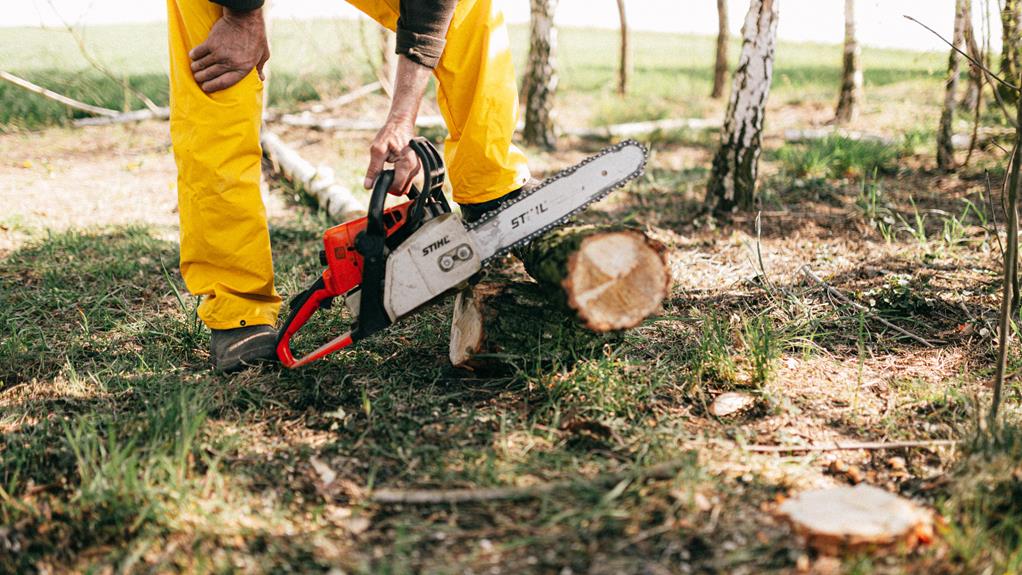



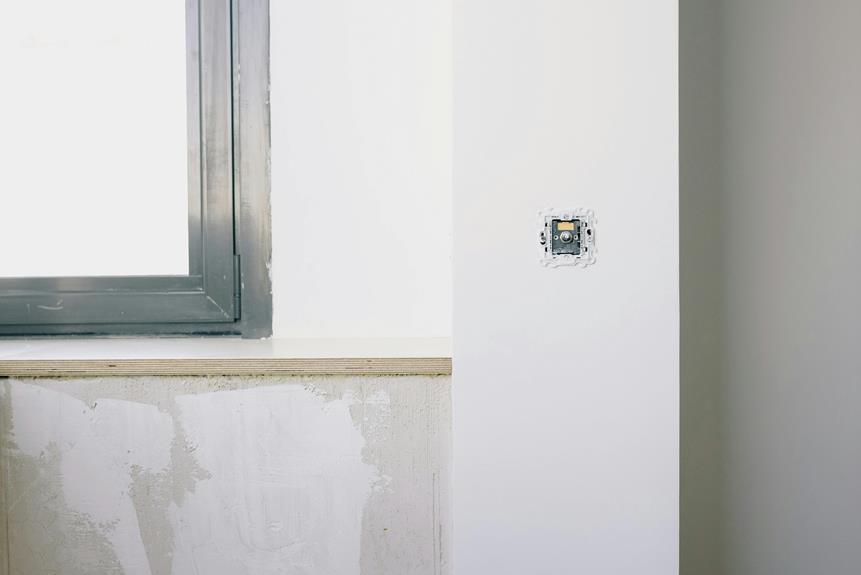
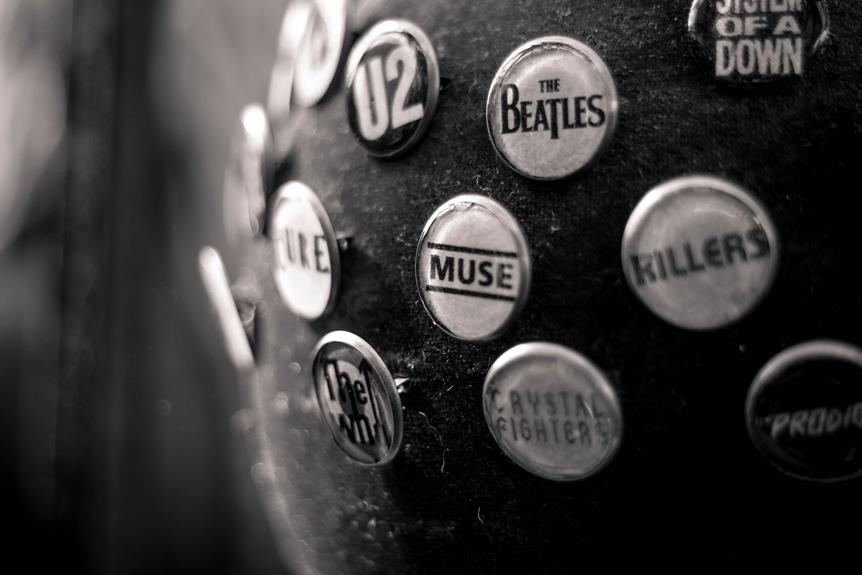
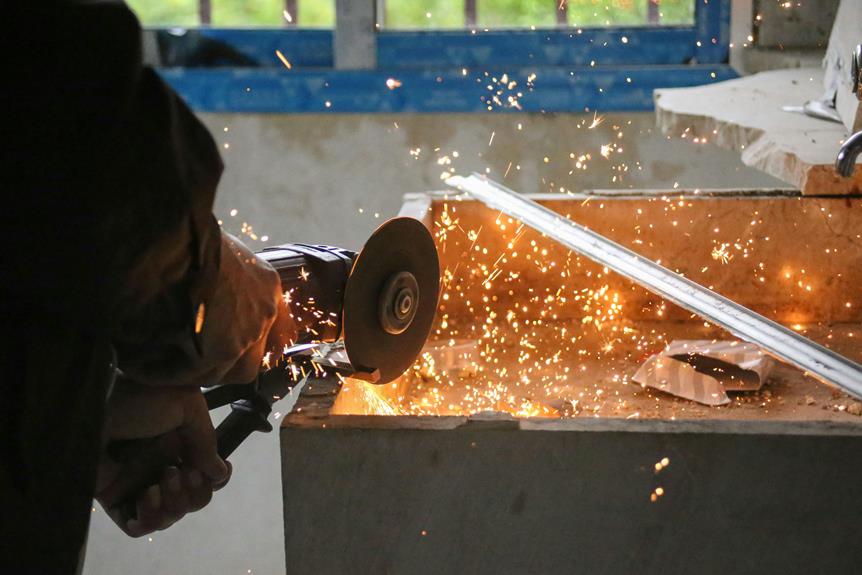



0